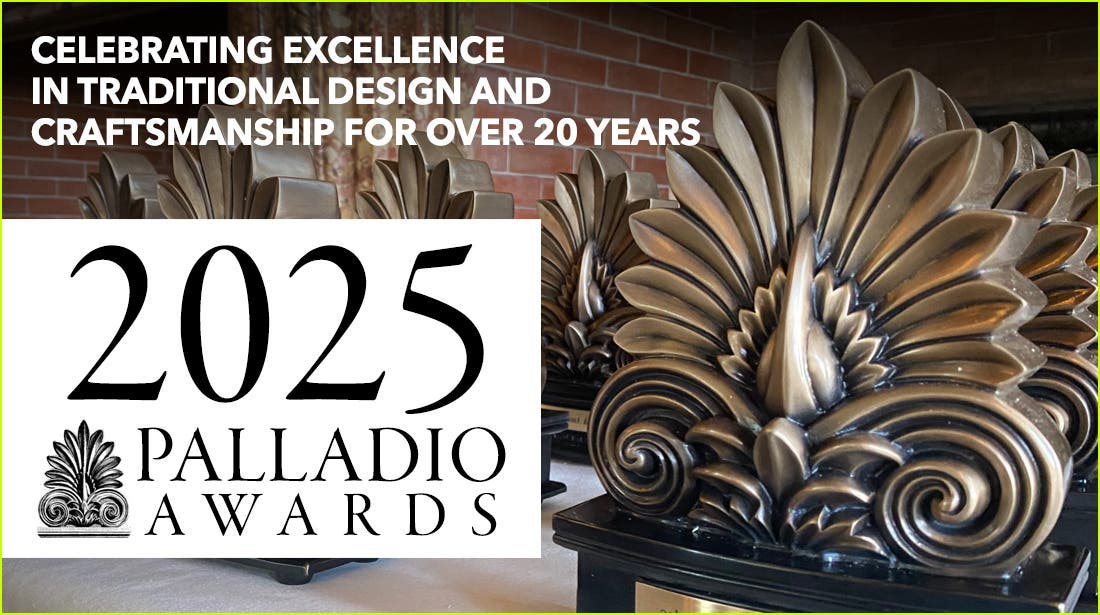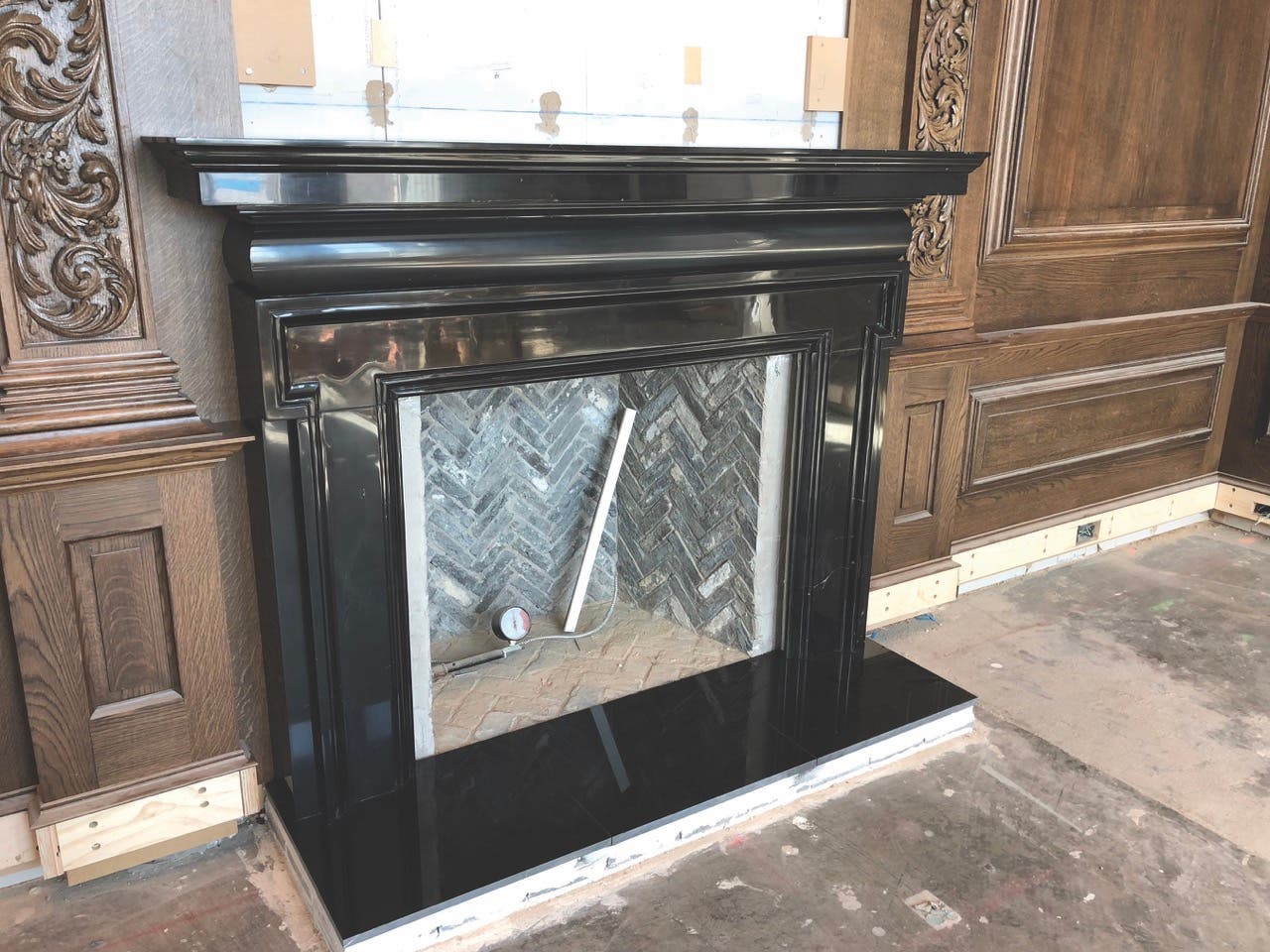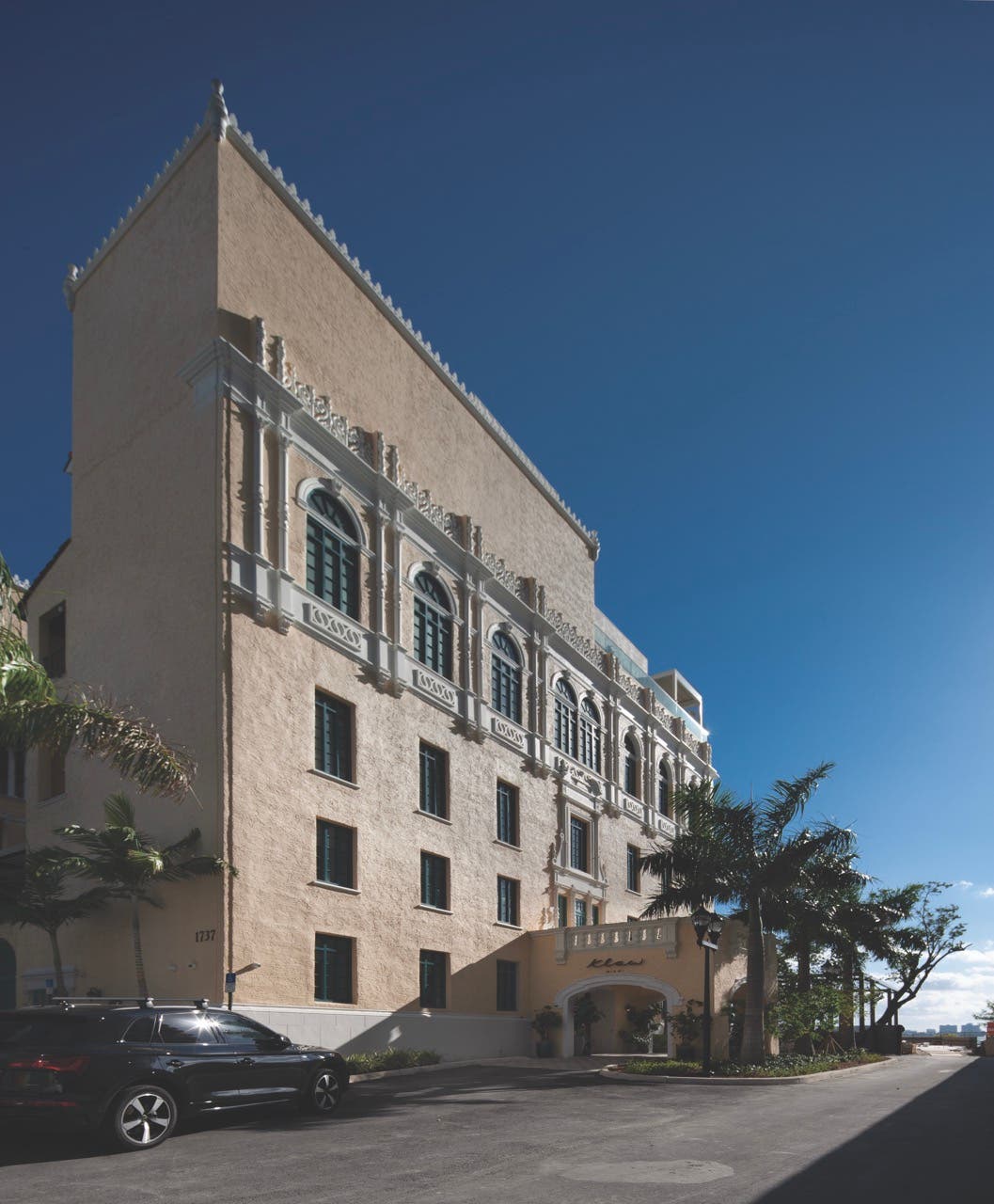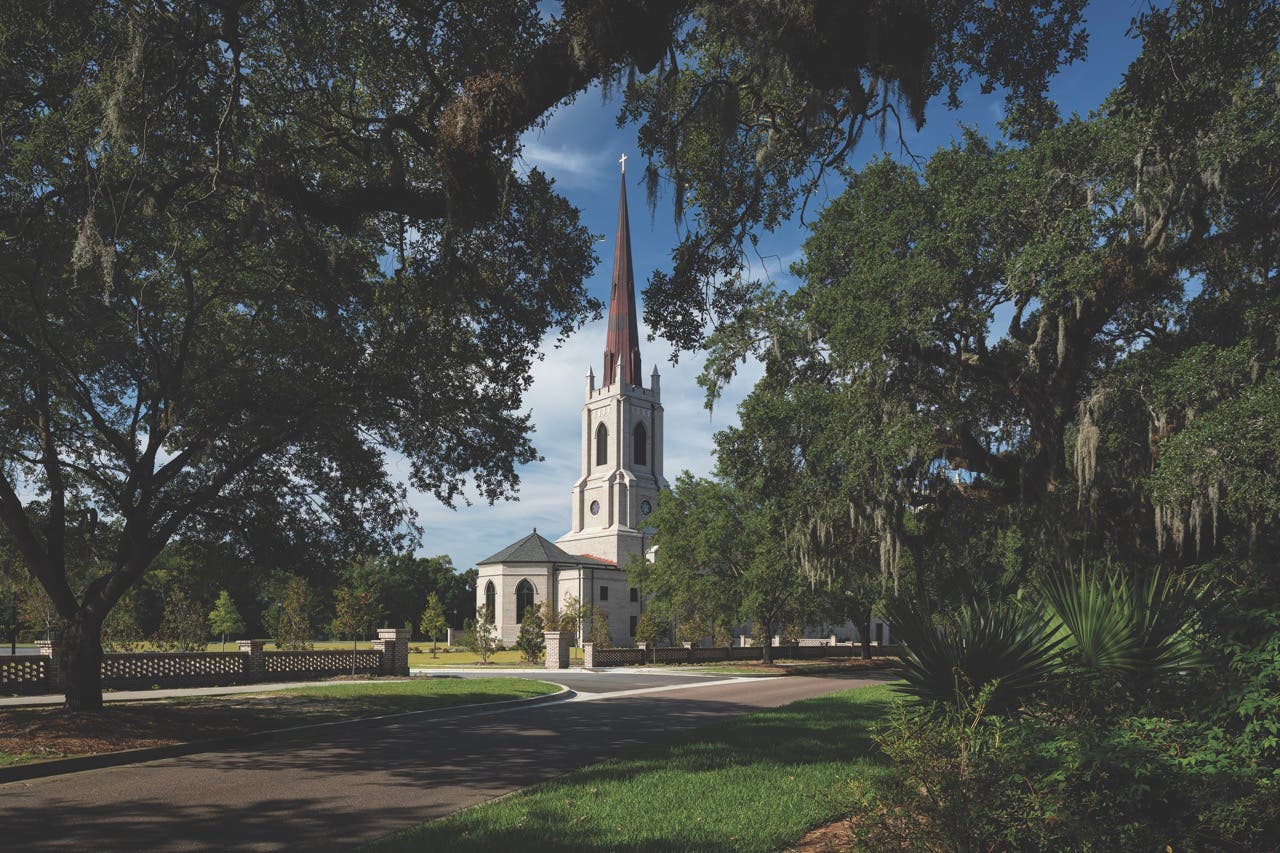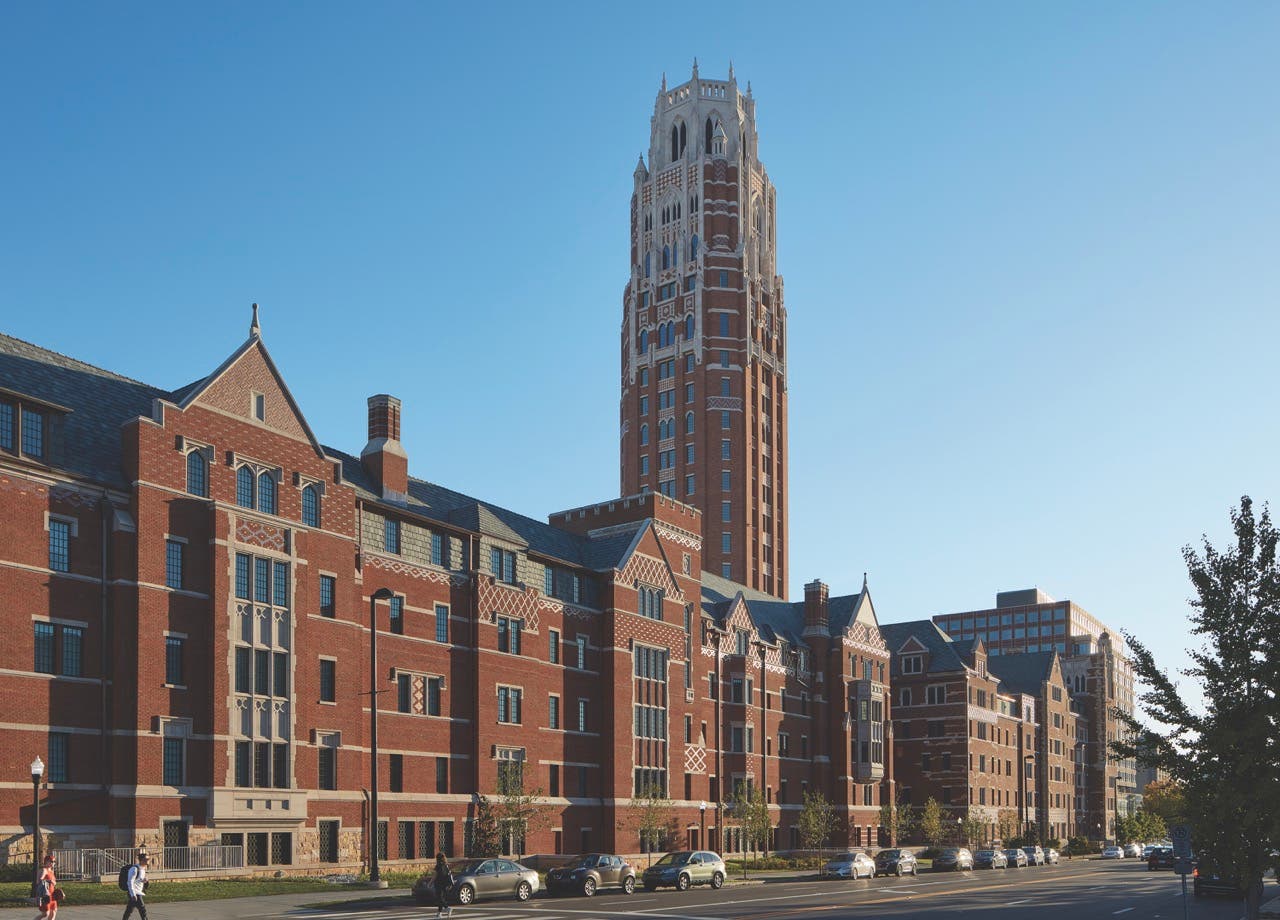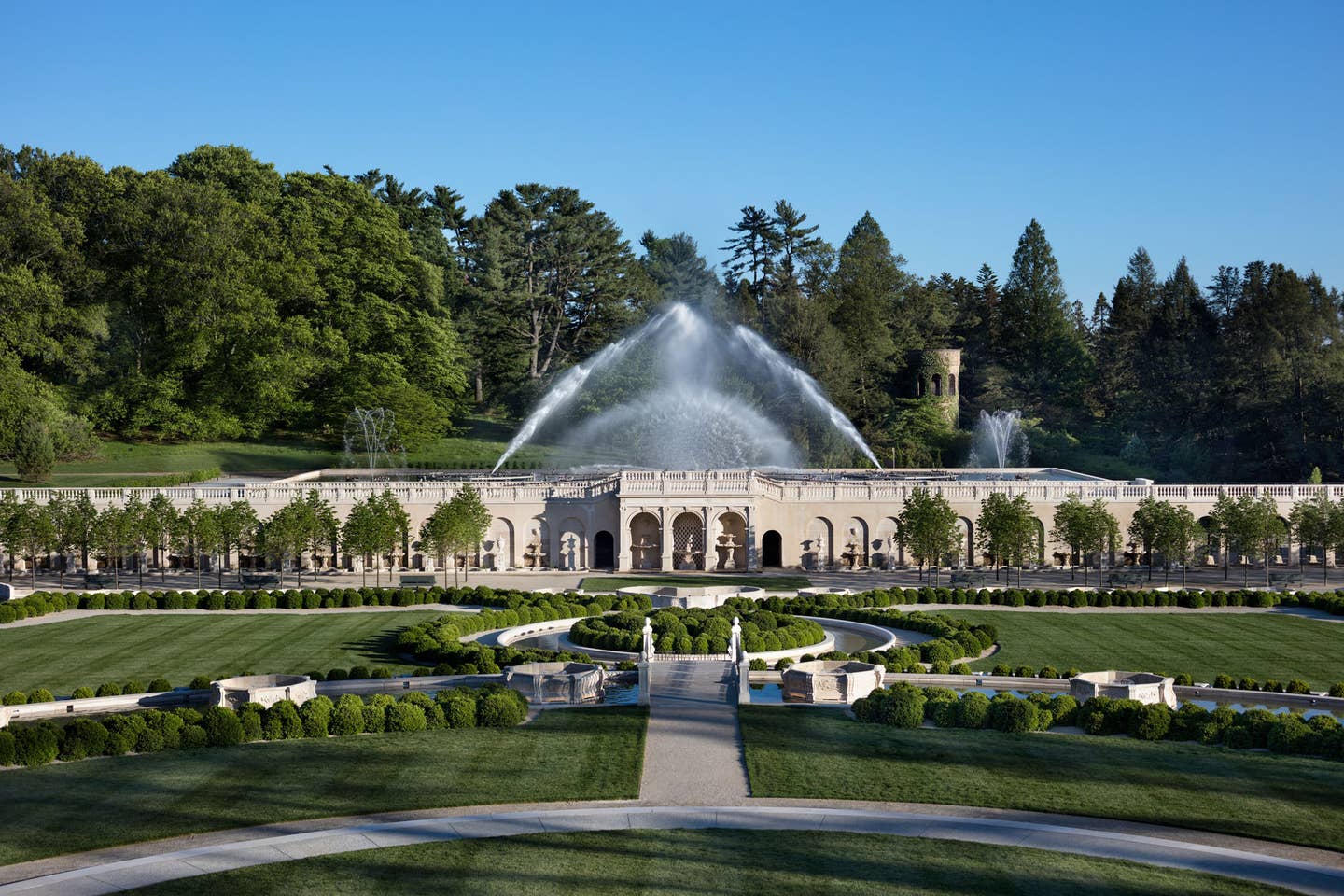
Palladio Awards 2018
Beyer Blinder Belle’s Restoration of Longwood Gardens
Project: Main Fountain Garden, Longwood Gardens, Kennett Square, PA
Architect: Beyer Blinder Belle Architects & Planners, New York, NY; Richard W. Southwick, Partner in Charge; John Beyer, Partner; Lawrence Gutterman, Project Manager; Michael Wetstone, Project Designer; Miriam Kelly, Preservation Architect; Lissette Mendez-Boyer, Project Architect; and Lauren Cawse, Project Architect
For generations, visitors to Longwood Gardens in Kennett Square, PA, have been dazzled by the dramatic dancing-water concerts of the Main Fountain Garden. They watch, spellbound, as the splashing sprays of the bewitching ballets, choreographed to music, colored lights and fireworks, perform their serene yet spectacular show.
The Main Fountain Garden, listed on the National Register of Historic Places in 1971, is such a celebrated and prominent feature of Longwood that little has changed since Pierre S. du Pont, the heir to E.I. du Pont Nemours & Co. and General Motors, completed it in 1936, five years after he opened his estate to the public.
Du Pont bought the property in 1906 primarily because he fell in love with its arboretum, and he spent the next half century until his death in 1954 transforming it into a country estate with display gardens. The Main Fountain Garden was inspired by Europe’s grand water gardens.
After 80 years, when it came time to restore the Main Fountain Garden’s architectural elements and upgrade the infrastructure, Longwood wanted to make sure that its historic integrity remained intact and in sync with du Pont’s personal vision.
Beyer Blinder Belle Architects & Planners, based in New York City, was commissioned to create and execute the five-year, $90-million rehabilitation that was completed in May 2017.
“This was a unique project for us because it’s not a conventional building project and presented numerous new challenges,” says Beyer Blinder Belle Partner Richard W. Southwick, FAIA, LEED AP. “We have restored other fountains, including the ones at the New York Botanical Garden and the promenade at Lincoln Center, but none as magnificent as the Main Fountain Garden. The Longwood fountains are playful, magical and mysterious and are meant to delight guests.”
The Main Fountain Garden, which features an Italian Renais-sance-style arched loggia, was in such bad shape that there were significant safety issues. In fact, a chain-link fence had been erected in front of the loggia and pumphouse wall to protect the public from the unstable masonry and deteriorated decorative features.
Some 30,000 gallons of water, enough to fill two large swimming pools, were leaking through too-old pipes every day, algae and moss were damaging the architectural elements, the central pump and control systems were outdated, and the fountain and lighting equipment were so antiquated that spare parts were no longer being manufactured.
“We had two major objectives,” says Southwick, director of historic preservation for Beyer Blinder Belle and partner in charge of the Longwood Gardens project. “First, to restore the garden to bring back its original splendor, and second, to enhance the garden with new design features, planting and fountain displays, including improved circulation providing full ADA accessibility. All this was done with the premise that the new improvements appear as if they had always been in place.”
Two other firms, West 8 Urban Design & Landscape Architecture of New York City, and Fluidity Design Consultants of Los Angeles, fountain designers, were Beyer Blinder Belle’s major design collaborators.
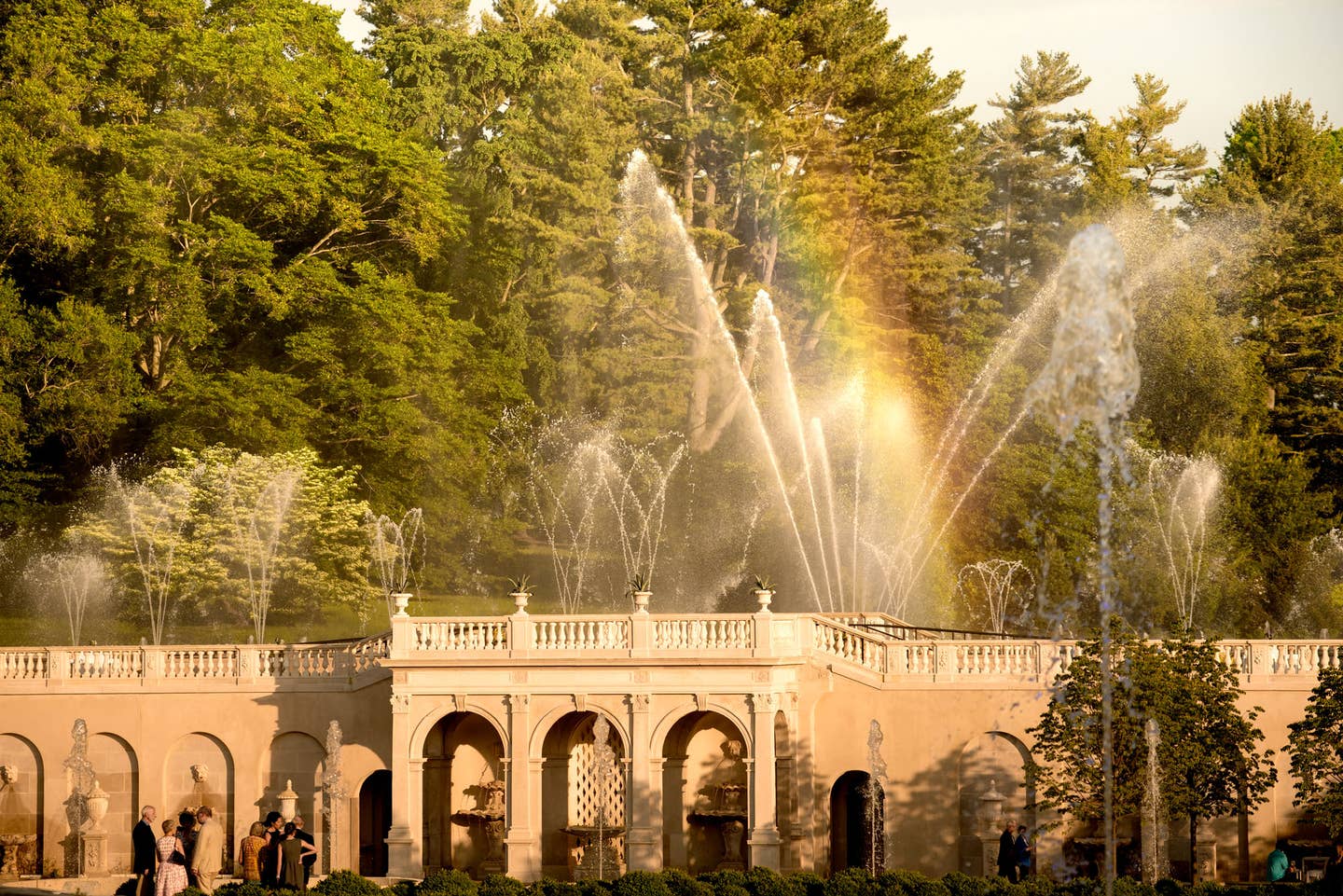
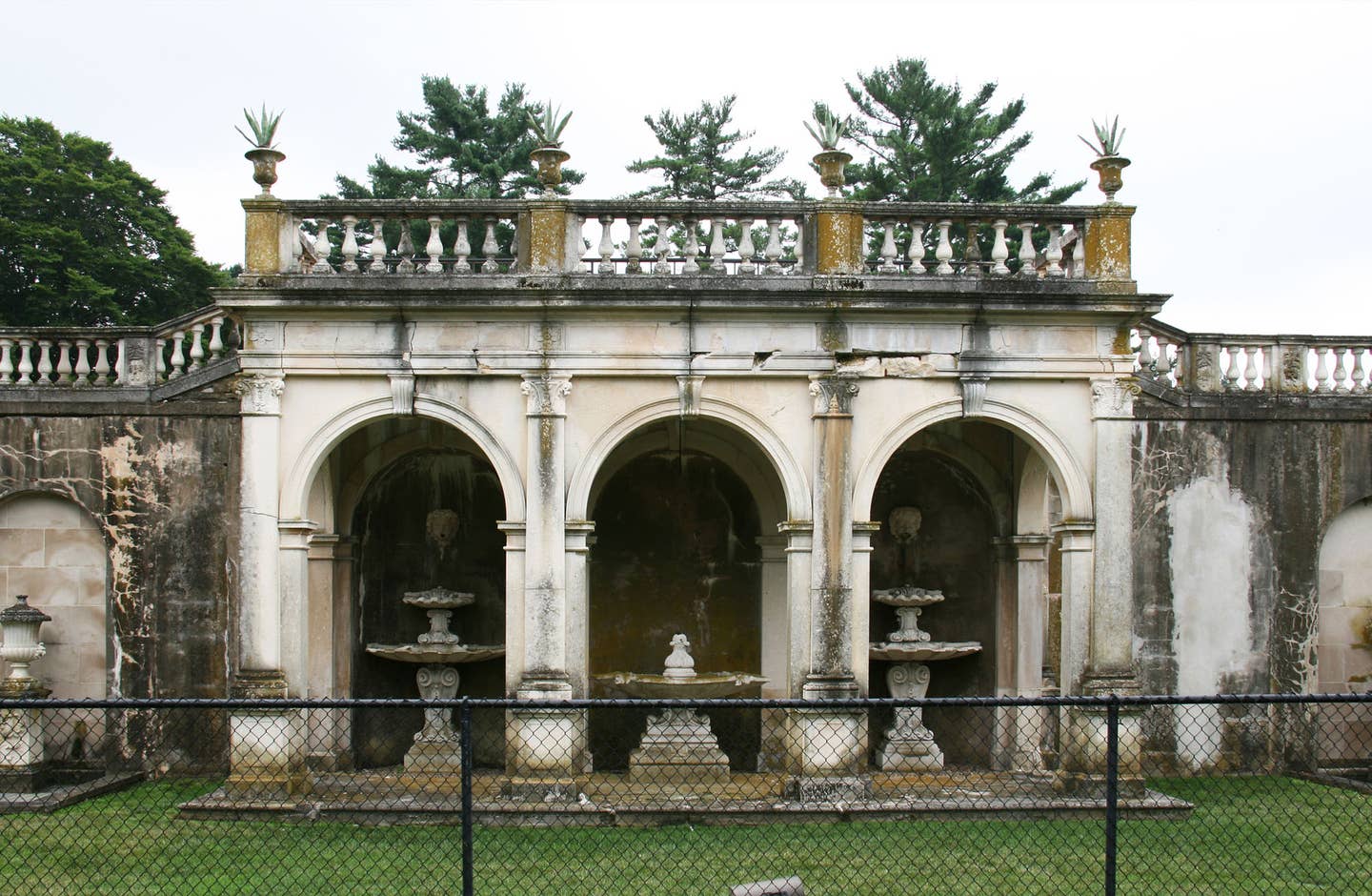
In addition, Southwick and his team wanted to create efficient maintenance, energy and water systems and make the fountain garden more user-friendly for staff and guests.
“Longwood was creating more robust programming and wanted to extend its hours so guests could walk through the garden later at night, therefore, site lighting was designed to provide a dramatic and safe experience after dark,” he says. “There was also the desire to extend the seasons into the shoulder seasons, earlier in the spring and later in the fall. The fountain systems were designed to facilitate this.”
The project was nearly as intricately orchestrated as the fountains’ theatrics: landscaping, lighting, electrical, water, sound, soil, masonry and stone restoration teams worked in unison. Bancroft Construction Co. of Wilmington, DE, the construction manager, coordinated the work on site.
One of the more massive tasks was the restoration of the old stonework. Eighty years of harsh winters and the constant flow of fountain water had taken their toll. The stained, eroded and cracked stones of the garden walls and decorative carvings were generally in poor condition. Many had been inappropriately repaired and were missing portions.
Southwick and his team performed a hands-on survey of each of the 5,373 units of stone and developed a piece-by-piece restoration approach. The stones were dismantled, cleaned and repaired by the masons at Dan Lepore & Sons in Conshohocken, PA.
When the work was done, it was reassembled like a giant 3D jigsaw puzzle and each stone was reset in its 1936 location.
The flat panels, of Indiana limestone, were relatively easy to restore. The ornate, decorative pieces that were carved from an Italian limestone from the Bianco Avorio Quarry in Vicenza were more challenging. A softer, more complex stone, it didn’t weather as well under the severe conditions to which it was subjected.
Modern technology was used to replicate the 75 Italian limestone bouquet fountains at the upper and lower canals. Each unique bouquet was machine-cut and hand-tooled at Quarra Stone Co. in Madison, WI.
Updating the Main Fountain Garden’s infrastructure also was an immense operation. The original pump room/electrical room was replaced with two new underground rooms connected via a system of subterranean service tunnels. The tunnels, constructed of 8-ton pre-cast concrete sections 10 feet high, 15 feet wide and 8 feet long, run 1,400 linear feet under the display fountains for convenient maintenance.
“Beyer Blinder Belle used a BIM modeling system to coordinate the numerous systems needed to fit into the tunnels,” Southwick says. “The 2-ft.-diameter water return pipes, for instance, had to fit in with all the electrical, propane and control lines.”
Three reservoirs that hold 42,600 gallons, 169,000 gallons and 108,000 gallons retain and treat the water at night with bromide to retard algae growth. They also prevent freezing, allowing the garden to continue to put on shows from the first blooms of spring through late autumn.
The old pumphouse, which was behind the loggia, was preserved and turned into a museum that showcases the original equipment. Its exhibits highlight the garden’s history and technology.
“We included numerous places to sit along the pathways and in the east wall arches,” Southwick says.
The Pumphouse Plaza with outdoor café service was added, and two new stairways and a campanile-concealed elevator allow access to the upper level of the loggia, where people can experience the garden and fountain shows in a new way.
“The central core of the Main Fountain Garden was reconstructed to its historic 1936 appearance,” Southwick says, adding that the new elements are so carefully integrated that “at first glance, the garden looks exactly as it did when du Pont completed it in the 1930s.”
Behind the loggia, where excavations were undertaken for the 40,000-sq.ft. service building, the team sited the most prominent new feature—a grotto whose mica-flecked, rubble-stone walls turn it into a sparkling, fairytale place.
“The grotto is an inspirational space popular in the gardens of Renaissance Europe that du Pont so admired,” Southwick says. “It’s also a metaphor: It features a circular rain curtain that returns the water used for the fountains back to earth, so everything comes full circle.”
When the Main Fountain Garden reopened in May 2017 after a two-year closure, visitors were enthralled. One declared it was better than Disney World.
Another longtime visitor, after touring Beyer Blinder Belle’s grotto, commented, “I can’t believe I’ve never seen this before.”
It was, Southwick says, the ultimate compliment.
Key Suppliers
Construction Manager: Bancroft Construction Co., Wilmington, DE
Landscape Architect: West 8, New York, NY
Fountain Designer: Fluidity Design Consultants, Los Angeles, CA
Stone Mason: Joseph Rizzo & Sons Construction Co., New Castle, DE
Stone Restoration: Dan Lepore & Sons, Conshohocken, PA
Decorative Stone Carving: Quarra Stone Co., Madison, WI
Grotto Stone Mason: Gary Odle, Hockessin, DE
Grotto Stone: Avondale Brown/Mica, D’Amico Quarry, Avondale, PA
Stucco/Plaster: Paul’s Plaster, New Castle, DE
Ornamental Metal Restoration: Materials Conservation Co., Philadelphia, PA
Landscape: B.R. Kreider & Son, Manheim, PA
Custom Light Fixtures: Crenshaw Lighting, Floyd, VA



